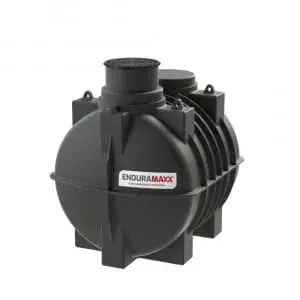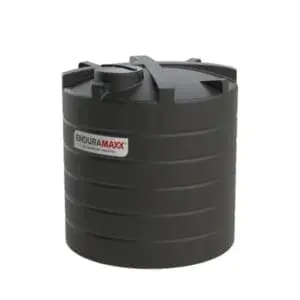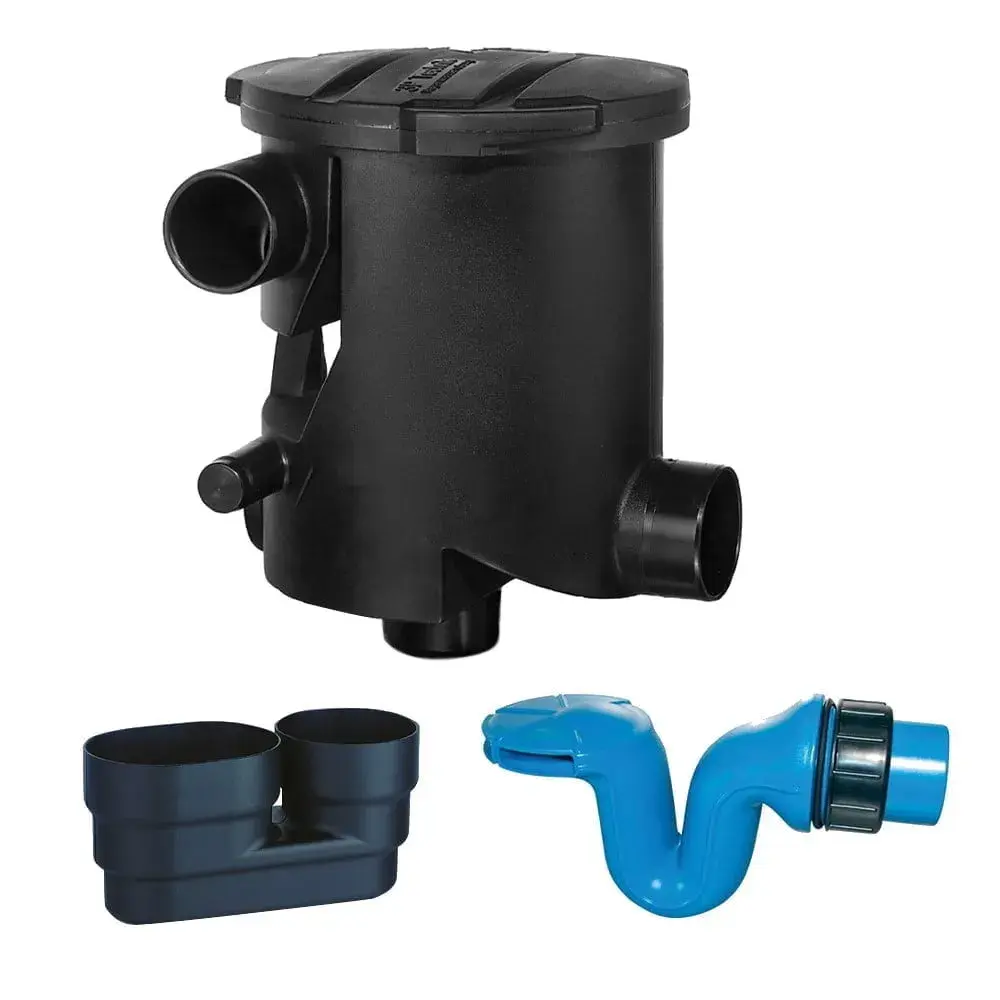
Water sustainability practices are crucial for achieving environmental sustainability goals. Drawing upon the recent COP26 Summit, here is a quick guide to everything you need to know to improve water storage in agricultural, industrial, and commercial settings.
What Is Water Sustainability?
The United Nation’s Water Security and Global Water Agenda explains that there are several elements to water sustainability. Firstly, there must be efficient provision, meaning that every individual must have access to a safe, reliable water supply. Importantly, that supply must be easily accessible, with reliable sanitation. The waterways that enable the provision need to be unpolluted and, where possible, maintained to a quality that minimises leaks. Additionally, measures such as safe rainwater harvesting should be employed to reduce the stress on mains water supplies.
The Challenges of Achieving Water Sustainability
There are many challenges that must be met to enable water sustainability. Part of this is due to antiquated mains infrastructure, which reduces the efficiency of the whole system. In addition to practical issues such as access and increased demand, the reason behind this is largely due to funding. The UN has outlined the need for investment in critical work, which needs to be undertaken on both a global and a local scale, supported by initiatives such as rainwater harvesting. An additional problem is that technologies such as automation - upon which many water providers are reliant for increasing efficiency - are vulnerable. As such, allocating investment and combining resources is crucial for increasing sustainability.
Meeting The Challenges
There is no single way to ensure water sustainability. As such, changes need to be guided by policy and planning initiatives. The UK government has a framework for water planning, and each water utilities provider has responded to this with its own sustainability plan. These plans should help to build resilience through methods such as improved collection, treatment, and storage of water. Additionally, companies are being urged to focus on their water efficiency and to employ tactics such as water harvesting to increase it. Policies also emphasise the importance of water quality. For instance, using high-density polyethylene tanks can help to improve water safety by reducing the risk of bacterial and algae growth.
How Can My Site Contribute To Water Sustainability?
Agricultural and industrial sites are primary contributors to water pollution. They are also heavy users of water, with 70% of global water supporting agriculture. Therefore, farms and similar applications are positioned at the frontline of sustainability. Steps that can be taken include ensuring that all storage tanks are maintained to run safely and efficiently, as well as installing rainwater harvesting systems where possible. By collecting and storing rainwater, sites can reduce the amount of demand they place on mains water supplies, as well as tackling issues such as flooding.
Next Steps
To find out whether the sustainability of your water system can be enhanced, or to learn more about the cost benefits of upgrading to a modern fluid management system, please send us a message, or give us a call.
Image Source: Unsplash
Posts By Topics
- Blog (303)
- Chemical Storage Tanks (118)
- Chemical Dosing Tanks (114)
- Chemical Tanks (114)
- Water Tanks (58)
- Rainwater Harvesting Tanks (43)
- Vertical Rainwater Tanks (31)
- Vertical Storage Tanks (31)
- Cone Bottom Tanks (19)
- Conical Cone Tanks (18)
- Rainwater Harvesting (17)
- Water Bowsers (15)
- Horizontal Tanks (14)
- Potable Water Tanks (13)
- Farming (9)
- Case Studies (8)
- Industrial Storage Tanks (7)
- Liquid Fertilser Storage Tanks (6)
- WRAS Approved Potable Tanks (6)
- Wine and Beer Production (6)
- Horizontal Transport Tanks (5)
- Microbrewery (5)
- Rainwater (5)
- Category 5 Break Tanks (4)
- Cider Production (4)
- Mixer Tanks (4)
- Molasses Tanks (4)
- Polyethylene tanks (4)
- Rainwater Filter Kits (4)
- SPECIALIST & BESPOKE TANKS (4)
- Bunded Tanks (3)
- Slimline Tanks (3)
- WRAS Approved (3)
- Clarification Tanks (2)
- Crosslinked Polymer Tanks (XLPE) (2)
- Fertiliser Tanks (2)
- Sump Tanks (2)
- Tank Installation (2)
- Water Butt (2)
- underground water tanks (2)
- ACCESSORIES & FITTINGS (1)
- ATV & UTV SPRAYING UNITS (1)
- Above Ground Effluent Tanks (1)
- Bespoke Tank Frames (1)
- Category 5 Turret (1)
- Caustic Soda Tanks (1)
- Closed Top Bunded Tanks (1)
- Craft beer (1)
- Effluent Tanks (1)
- Enduramaxx (1)
- Ferric Chloride Tanks (1)
- Fire Safety Regulations (1)
- Fire Sprinkler Water Storage Tanks (1)
- Industrial Water Tank (1)
- Open Top Bunded Tanks (1)
- Open Top Cone Tanks (1)
- Open Top Vertical Tanks (1)
- Polyethylene Potable Water Tanks (1)
- Polyvinylidene Fluoride (PVDF) Tanks (1)
- Polyvinylidene Fluoride Tanks (PVDF) (1)
- Pressure Washers (1)
- Pro Series Spot Sprayers (1)
- RWH (1)
- Sodium Hydroxide Storage Tanks (1)
- Sprayer Fill-up Tanks (1)
- Uncategorised (1)
- liquid fertiliser tank (1)
Sign up to the newsletter
enduramaxx.marketing
Related Posts
Enduramaxx Effluent Treatment Tank Range
Enduramaxx Effluent Treatment Tank Range are now all listed on our new website including the...
Wastewater Sludge Removal & Chemicals Used
Wastewater Sludge Removal & the Chemicals Used – wastewater treatment involves several key...
Mixing for Dissolved Air Flotation (DAF) Systems | Enduramaxx - Manufacturers of Polyethylene Tanks
Mixing for Dissolved Air Flotation (DAF) Systems, Enduramaxx is often called on for its process...
Related Products
From £1,080.00 inc. VAT
£900.00 exc. VAT
From £1,344.00 inc. VAT
£1,120.00 exc. VAT
From £768.00 inc. VAT
£640.00 exc. VAT
£480.00 inc. VAT
£400.00 exc. VAT






